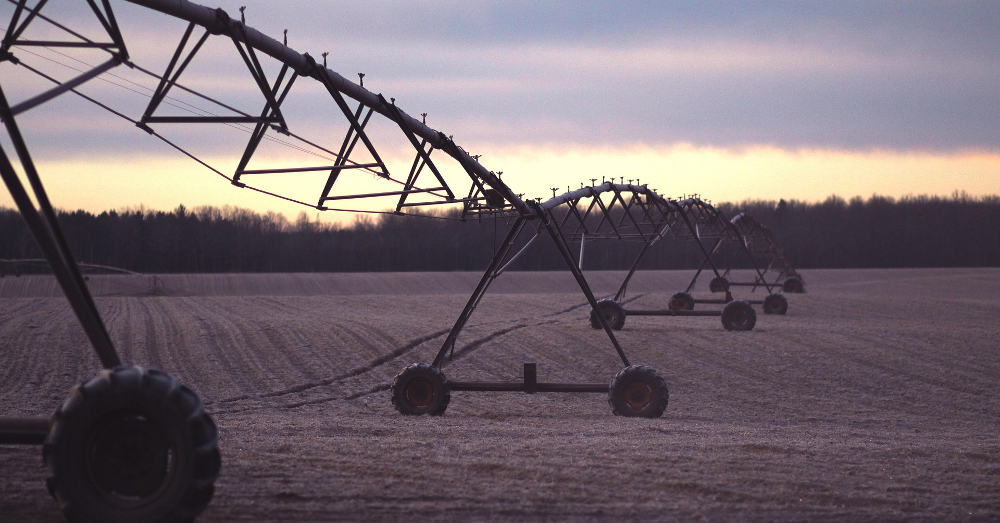
The Water Footprint of Food
It takes a lot of water to get your food from fields to fork — and your diet makes up the largest part of your water footprint.
April 1, 2023 | Source: Food Print | by
It takes a lot of water to get your food from fields to fork — and your diet makes up the largest part of your water footprint.
The term “water footprint” is used to indicate the amount of fresh water that any given process or activity uses. Growing and processing crops and livestock consumes large quantities of water; therefore, the water footprint of food is high. Animal products, especially, like meat, dairy and eggs (all of which tend to require more water than fruits, vegetables and beans) have an even higher water footprint. Individually speaking, one’s diet makes up the largest part of one’s personal water footprint. This is why preventing food waste individually matters: because discarded food not only wastes the water that went into producing it, but all other resources involved, as well.
Three Components of Water Footprints
Water footprints were developed by the Water Footprint Network to assess the amount of water (in different types) that is consumed in producing food and other products. Water footprints are composed of three separate calculations: <a aria-describedby="qtip-0" data-hasqtip="0" href="https://foodprint.org/issues/the-water-footprint-of-food/#easy-footnote-bottom-1-1286" oldtitle="Water Footprint Network. “Product gallery.” Water Footprint Network, 2017. Retrieved May 31, 2018, from https://waterfootprint.org/en/resources/interactive-tools/product-gallery/” target=”_blank”>1
- Blue Water Footprint: The amount of surface water and groundwater required (evaporated or used directly) to produce an item. For food, this refers mainly to crop irrigation.
- Green Water Footprint: The amount of rainwater required (evaporated or used directly) to make an item. For food, this refers to dry farming where crops receive only rainwater.
- Grey Water Footprint: The amount of fresh water required to dilute pollutants and make water pure enough to meet EPA water quality standards. For food, the water would have become polluted from agricultural runoff or leaching from the soil.
